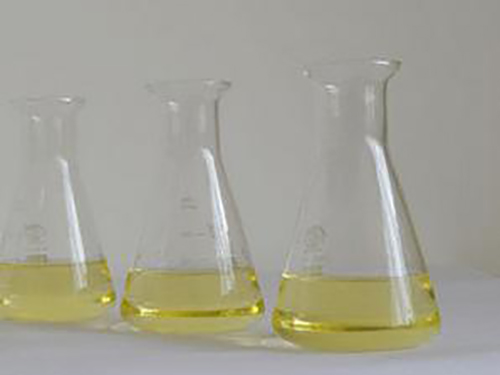Understanding the Role of Flocculants in Water Treatment and Their Chemical Properties
Flocculation Chemicals An Essential Component in Water Treatment
Flocculation is a critical process in water treatment, employed to remove suspended solids, colloidal particles, and impurities from water. The effectiveness of flocculation largely depends on the use of specific flocculation chemicals, which facilitate the aggregation of particles into larger clusters, or flocs, that can be more easily separated from the water. This article explores the nature of flocculation chemicals, their types, mechanisms, and applications in various sectors.
What Are Flocculation Chemicals?
Flocculation chemicals, often referred to as flocculants, are substances that promote the agglomeration of fine particles into a floc. These chemicals can be anionic, cationic, or non-ionic polymers, and their choice depends on the characteristics of the water being treated and the type of contaminants present. Common flocculants include polyacrylamides (PAMs), aluminum sulfate (alum), ferric chloride, and various natural polymers such as starches and chitosan.
Types of Flocculation Chemicals
1. Inorganic Flocculants These are mineral-based compounds and include aluminum sulfate, ferric sulfate, and ferric chloride. They work efficiently in destabilizing particles through charge neutralization and are particularly effective for treating large volumes of water with high levels of turbidity.
2. Organic Flocculants Primarily synthetic polymers, these flocculants can be tailored to specific applications and exhibit stronger interaction with various types of particles. Polyacrylamides, for instance, can be designed to have specific charge densities and molecular weights to optimize their performance.
3. Natural Flocculants Derived from plant or animal sources, natural flocculants are gaining popularity due to their eco-friendliness. Examples include chitosan, derived from crustacean shells, and certain polysaccharides from plants. They provide a sustainable alternative while being effective in various treatment processes.
Mechanism of Flocculation
The flocculation process typically involves three key stages coagulation, agglomeration, and sedimentation. Initially, coagulants destabilize the suspended particles through charge neutralization. Flocculants are then added to initiate the agglomeration of these destabilized particles into larger flocs. Once sufficiently sized, these flocs settle at the bottom of the treatment tank, making it easier to remove the clarified supernatant water.
flocculation chemicals

Applications of Flocculation Chemicals
Flocculation chemicals are widely used across several industries, most notably in
1. Water and Wastewater Treatment Municipalities use flocculants to treat drinking water and wastewater, effectively removing contaminants before discharge or reuse.
2. Mining and Mineral Processing In the mining industry, flocculation chemicals help manage tailings by facilitating the separation of valuable minerals from waste material, thus minimizing environmental impact.
3. Pulp and Paper Industry Flocculants are used in the production of pulp and paper to enhance the removal of fibers and fillers, leading to better product quality and reduced costs.
4. Food and Beverage Industry In this sector, flocculation chemicals aid in the clarification of liquids, such as juices and beverages, ensuring purity and stability.
Conclusion
Flocculation is a fundamental step in many industrial processes aimed at purifying water, managing waste, and enhancing product quality. With growing awareness of environmental sustainability, the demand for innovative flocculation chemicals is on the rise. The shift towards biodegradable and natural polymers poses a significant opportunity for the development of more sustainable treatment options.
As water scarcity and quality concerns continue to escalate, the role of flocculation chemicals will become increasingly vital. Investing in research and development to optimize their use and explore new applications will contribute to a more sustainable future in water treatment and numerous industrial processes.
-
2 Phosphonobutane 1 2 4 Tricarboxylic Acid (PBTCA) – Superior Scale InhibitorNewsSep.01,2025
-
2 Phosphonobutane 1,2,4 Tricarboxylic Acid (PBTCA): Superior Scale & Corrosion InhibitorNewsAug.31,2025
-
Dodecyldimethylbenzylammonium Chloride: High-Purity DisinfectantNewsAug.30,2025
-
2-Phosphonobutane-1,2,4-Tricarboxylic Acid: Scale & CorrosionNewsAug.29,2025
-
Premium Isothiazolinones | Broad-Spectrum Biocidal SolutionsNewsAug.28,2025
-
LK-319 Special Scale And Corrosion Inhibitor For Steel Plants: Advanced Solutions for Industrial Water SystemsNewsAug.22,2025





